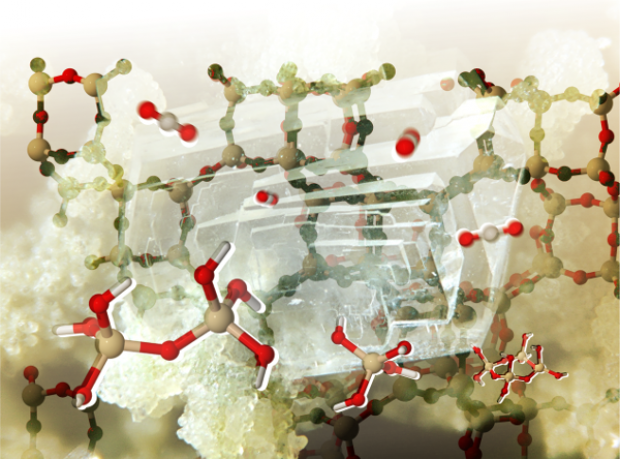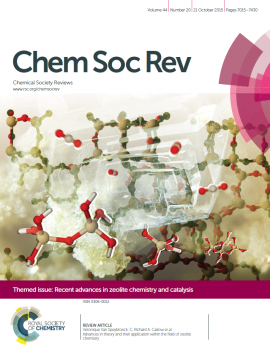

Abstract
Zeolites are versatile and fascinating materials which are vital for a wide range of industries, due to their unique structural and chemical properties, which are the basis of applications in gas separation, ion exchange and catalysis. Given their economic impact, there is a powerful incentive for smart design of new materials with enhanced functionalities to obtain the best material for a given application. Over the last decades, theoretical modeling has matured to a level that model guided design has become within reach. Major hurdles have been overcome to reach this point and almost all contemporary methods in computational materials chemistry are actively used in the field of modeling zeolite chemistry and applications. Integration of complementary modeling approaches is necessary to obtain reliable predictions and rationalizations from theory. A close synergy between experimentalists and theoreticians has led to a deep understanding of the complexity of the system at hand, but also allowed the identification of shortcomings in current theoretical approaches. Inspired by the importance of zeolite characterization which can now be performed at the single atom and single molecule level from experiment, computational spectroscopy has grown in importance in the last decade. In this review most of the currently available modeling tools are introduced and illustrated on the most challenging problems in zeolite science. Directions for future model developments will be given.
 Open Access version available at UGent repository
Open Access version available at UGent repository